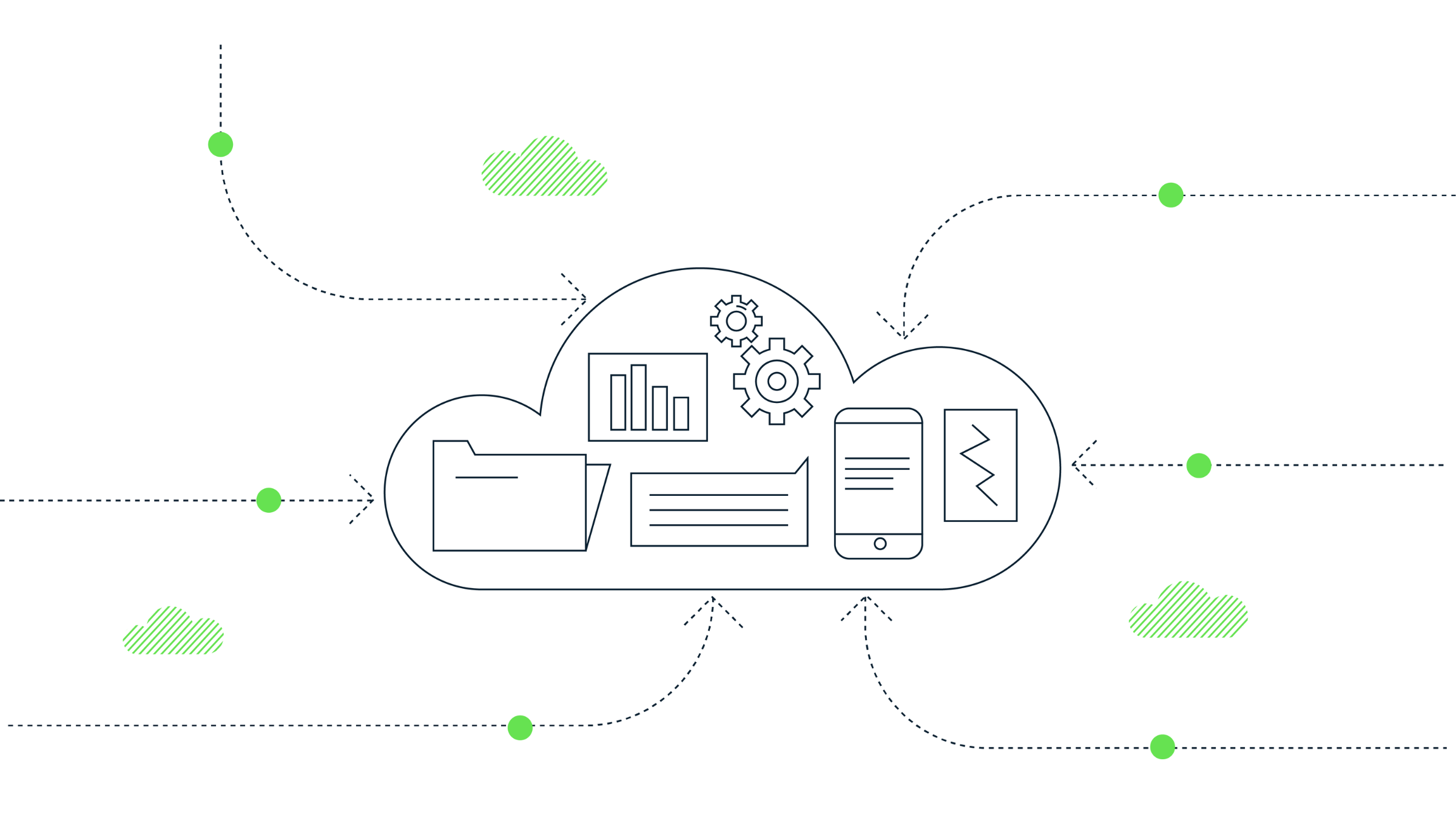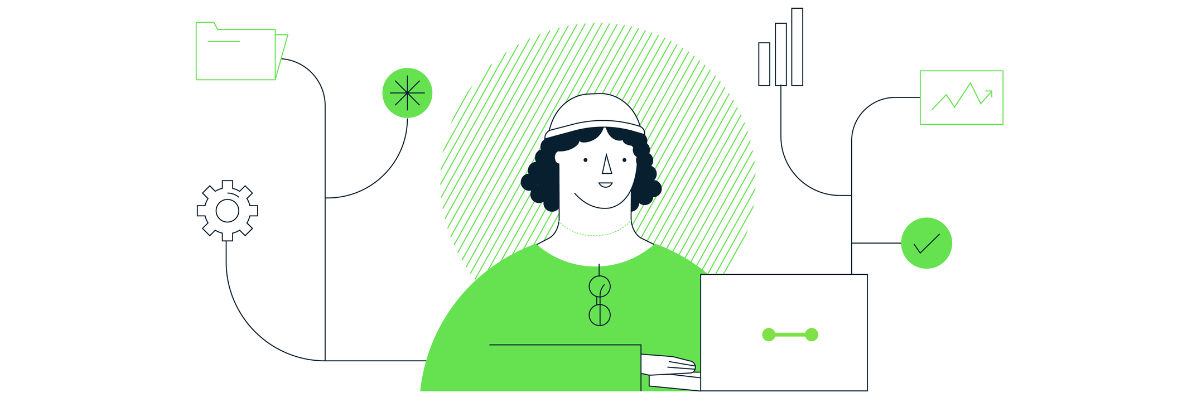Measuring offline marketing efforts with Google Analytics

It’s relatively easy to track online marketing campaigns, but what about offline marketing channels like TV and radio, print and outdoor ads, catalogues and direct mail or point of sale promotions? Most companies still run campaigns in the “real world” and want to know: can the efficacy of these efforts be tracked using Google Analytics?
The short answer is yes, with one elephant-sized caveat: for Google Analytics to be a useful tracking tool, the target audience for your offline marketing campaign has to end up on your website. As far as GA is concerned, any activity that didn’t take place on the website (or app) didn’t happen at all. With that inconvenient truth out of the way, let’s talk about some of the ways you might choose to track your offline campaigns in GA – and the risks inherent in doing so.
Creating custom URLs
When you point people to a website from an online ad, you simply include UTM parameters in the URL and you’re able to collect granular information about your source, medium, campaign, content, and term. (Simple in theory, but not always in practice for social promotions and rogue marketers). You can use a similar method in offline media if your goal is to drive people to your website.
The easiest way is to create a custom or “vanity” URL to track offline marketing activities separately from other campaigns. For example, we might create the vanity URL, measurelab.co.uk/radio, and our radio ads running on Analytics FM would point listeners there to access a discount or special deal. The vanity URL would redirect to a page with the complete URL structure, including a UTM parameter like utm_medium=radio so we knew visitors had arrived as a result of our radio campaign.
One problem you might encounter with this approach is the Campaign Timeout in Google Analytics, which is set to six months by default. Any subsequent direct visit to the website would be reattributed back to the radio campaign, so you may see multiple sessions from the same person appearing as having originated from the radio ad, even though they actually only clicked/typed the vanity URL once. (Find out more about the Campaign Timeout in Universal Analytics).
Even then, it remains an inexact science. If someone shares your vanity URL with a friend, or bookmarks it, you may end up with visits that don’t come as a direct result of seeing or hearing the ad.
Searching for a key word or phrase
Another problem with using a vanity URL is that people may well forget the vanity URL and search for the brand name instead – in which case the campaign gets no credit. That’s where a unique combination of words is more memorable and useful – think of it more like a promo code or hashtag that makes it clear a website visit could only have come as a result of your marketing.
For example, if you were given the enviable task of promoting a world-leading analytics consultancy, you could use a unique phrase such as “dazzling data” or “Hooray for GA!” to describe your offering. You would then bid on that phrase to ensure you appeared at the top of the search results and direct people to a specific landing page on your website. Just remember to do your research first to make sure your chosen key phrase isn’t already “owned” or too expensive to bid on. You don’t want to be sending free traffic to DazzlingData.com (Yes, they do already exist – curses!)

Measuring uplift in direct traffic
Another tack you can take is to track any changes in direct traffic to your site in Google Analytics. Direct traffic is a count of the website visitors who have not come from other online sources such as search engines, social media, or referring websites. Your website is always getting direct traffic – for example from people who’ve bookmarked the site or who typed the URL directly into the address bar – but it’s possible to establish a baseline and attribute any uplift to your offline marketing push.
A TV ad run during a prime time slot will almost certainly result in an immediate spike in direct traffic, organic search, and PPC if you’re running paid ads. Pay particular attention to traffic from mobile devices and tablets as people might be dual-screening and search on their phones while they’re half-watching TV.
The figure won’t be precise. The response curve will flatten out relatively quickly and you can’t categorically prove people have seen or heard the campaign, but it’s at least an indication that the campaign is having the desired impact.
Isolating increases by geographic region
If you’re running a localised campaign in a specific region, an uplift in web traffic is even easier to observe. In Google Analytics, you can narrow results down to the whole of Manchester, for example, and look at sessions, events and conversions for that area. You might notice a surge in traffic from Manchester after a TV campaign airs, which indicates the ad was effective.
Of course, you’re not tracking the effect of the offline media, you’re inferring it. As such, the best way to gauge the success of the campaign is to establish a control group. In this case, you’d need to identify another region where the TV ads are not aired to compare against, so you can examine the uplift provided by the campaign over a specific period of time.
The attribution problem with offline marketing
One problem with attribution when it comes to offline marketing campaigns is the timeframe. How long will it take for the campaign response to take effect, and how long do you continue to attribute traffic to that campaign after it’s run?
Most of the means by which you might track or infer offline marketing effectiveness require that you suppress the apparent effectiveness of a digital channel.
Even if a direct visit comes as a result of exposure to a TV campaign, it may still arrive via a digital channel such as SEO or paid search. For example, in the case of the search phrase “dazzling data”, you would still want to know that it was PPC that ultimately brought users to the site, which ad group and execution was responsible, and what the ad spend was.
What you don’t want to do is permanently and conclusively attribute any online uplift purely to the offline campaign. For more accurate analysis, it might be worth adding a query parameter like tv=true or offlinemedia=tv so that you can see a particular user likely conducted their search as a result of seeing or hearing an ad.
Offline or online? The bottom line
The huge disclaimer that comes with measuring offline marketing efforts is that you can never know for certain that your offline campaign was responsible for an increase web traffic. The data will never be perfect or exact. As an analyst, all you can look for is the trend and attempt to answer the question, did we see an impact, yes or no?
A good analyst knows the limitations of their data. To proceed with tracking offline marketing using an online tool, you have to accept that these methods are fallible. So while the short answer is yes, you can measure the success of an offline marketing campaign with Google Analytics, the more nuanced reality is that the data will never give you exact numbers, just an indication of effectiveness.

Subscribe to our newsletter:
Further reading

How to extract GA4’s event sequencing in BigQuery using the new batch fields

What is offline event data import in GA4?
